The most poisonous plants for dogs: the flowers and shrubs to watch out for in your garden
Are you wondering what the most poisonous plants for dogs are? We've got the info you need to help keep your four-legged friend safe

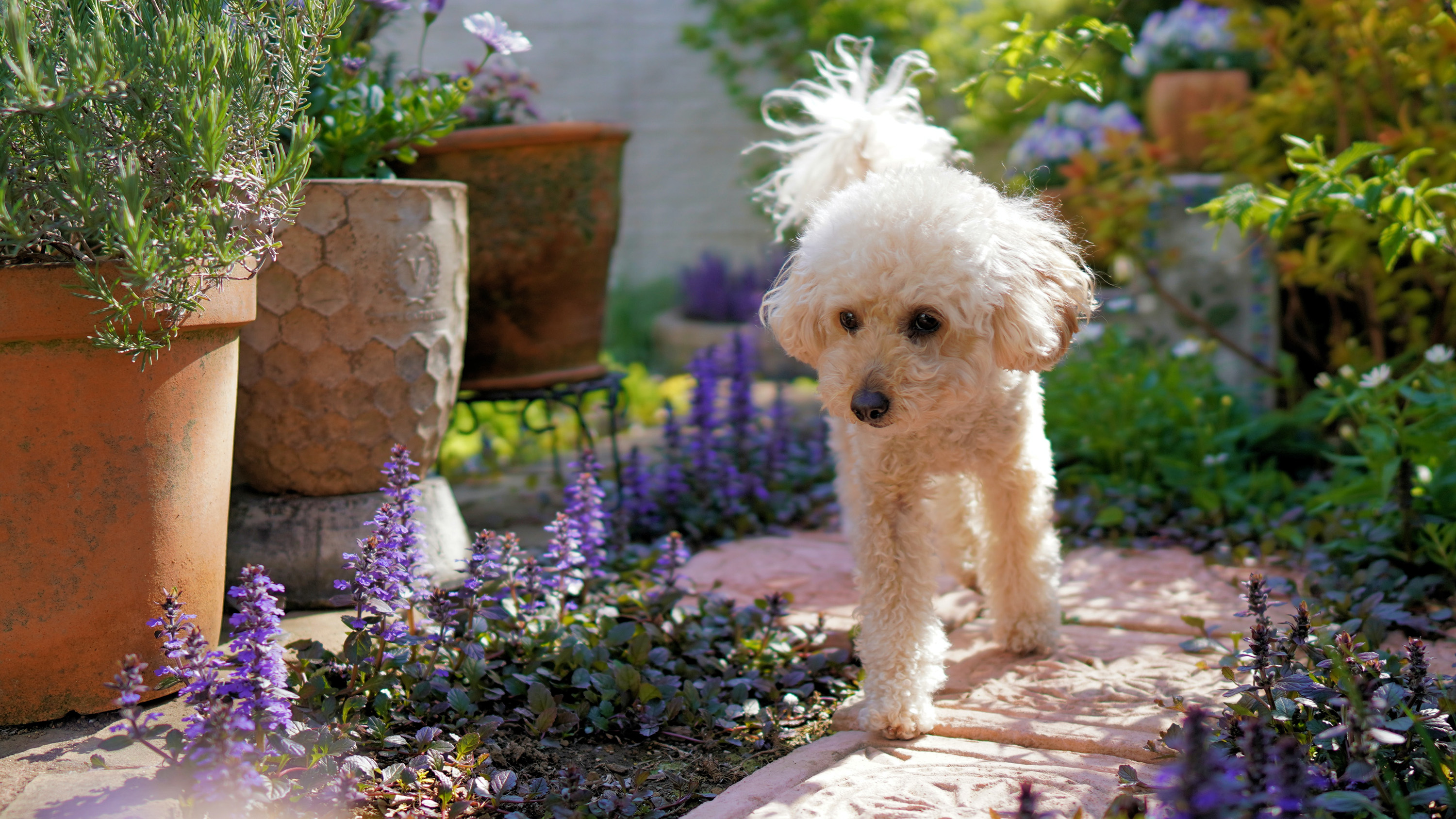
It's important to know what the most poisonous plants for dogs are if you're the lucky owner of a four-legged fluff ball. Because, as we're sure you'll agree, a dog really can be a man (or woman's) best friend.
We certainly wouldn't want anything bad to happen to that adorable canine, even if they sometimes drive us up the wall with barking, digging, or pinching any food they can get their paws on!
So, when it comes to your plot, there are a few things you need to be careful of. Perhaps you've already checked out these 5 ways to get a dog friendly space like Monty Don's garden. But, being aware of poisonous plants is a big one, so we thought we'd do an exclusive guide to help you know the dangers.
Read on to discover some of the worst plant culprits which could do your dog harm. Warning, you may not look at your daffodils the same again...
Watch out for some flowers and shrubs
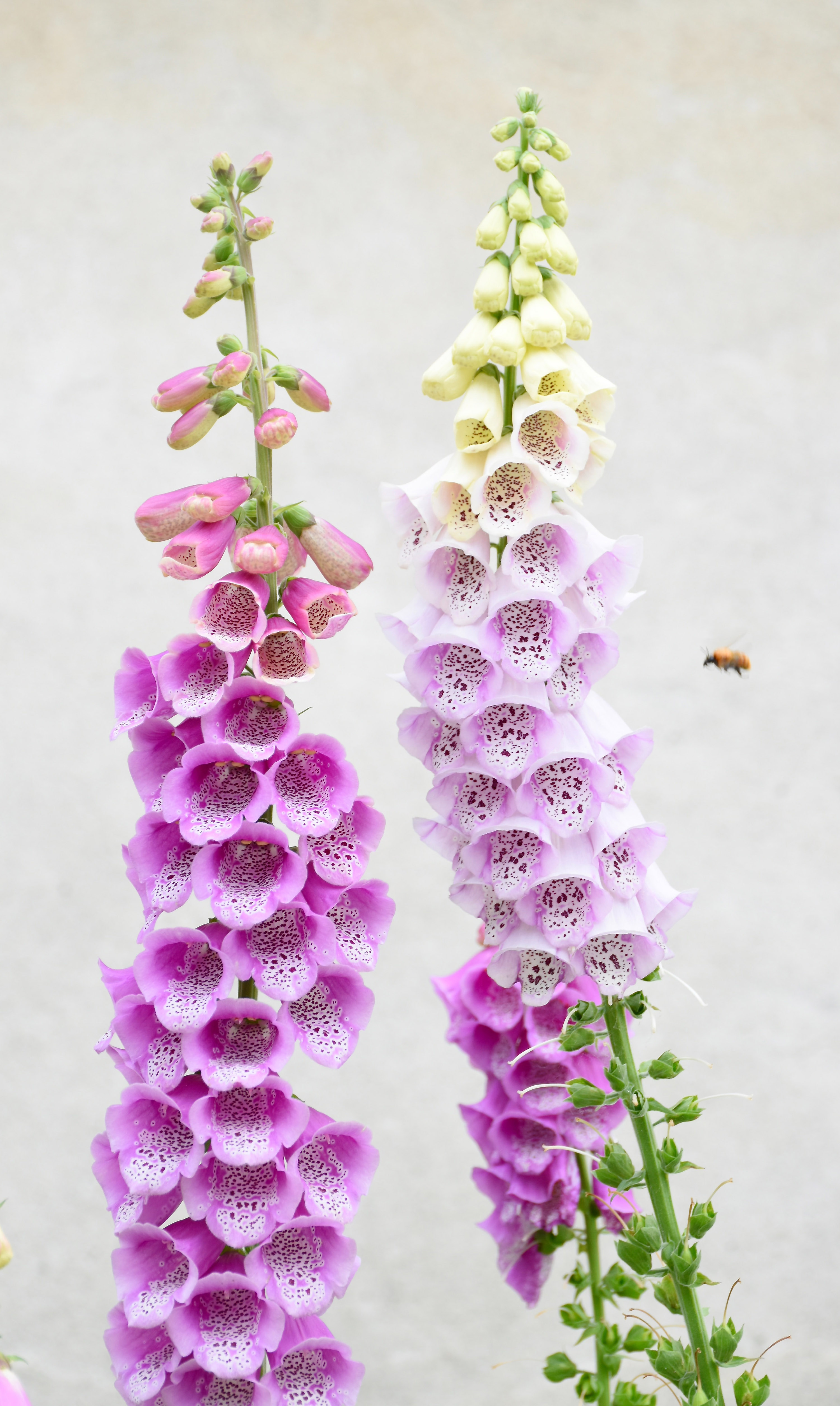
We hate to say it, but unfortunately, your prized garden border or flourishing flowerbed may be a health hazard to your dog. The People's Dispensary for Sick Animals (PDSA) lists many species that are harmful, but we've listed a select few of the most poisonous below.
- Azalea and Rhododendrons – even just a leaf or two – are very poisonous.
- Iris and gladioli are also ones to avoid, with the bulbs doing the most harm due to having more toxins.
- Geraniums – all parts of the plants are poisonous.
- Foxglove leaves and seeds can cause stomach upset, heart problems, and fits.
- Larkspur is one to be especially wary of if you have a puppy or smaller dog, as consumption can be fatal. The PDSA do explain, however, that larger dogs would need to eat a lot of it to show effects.
- Laburnum is extremely poisonous, especially the seeds.
- Yew is a dangerous one too, and can be fatal if consumed.
Be wary of spring bulbs
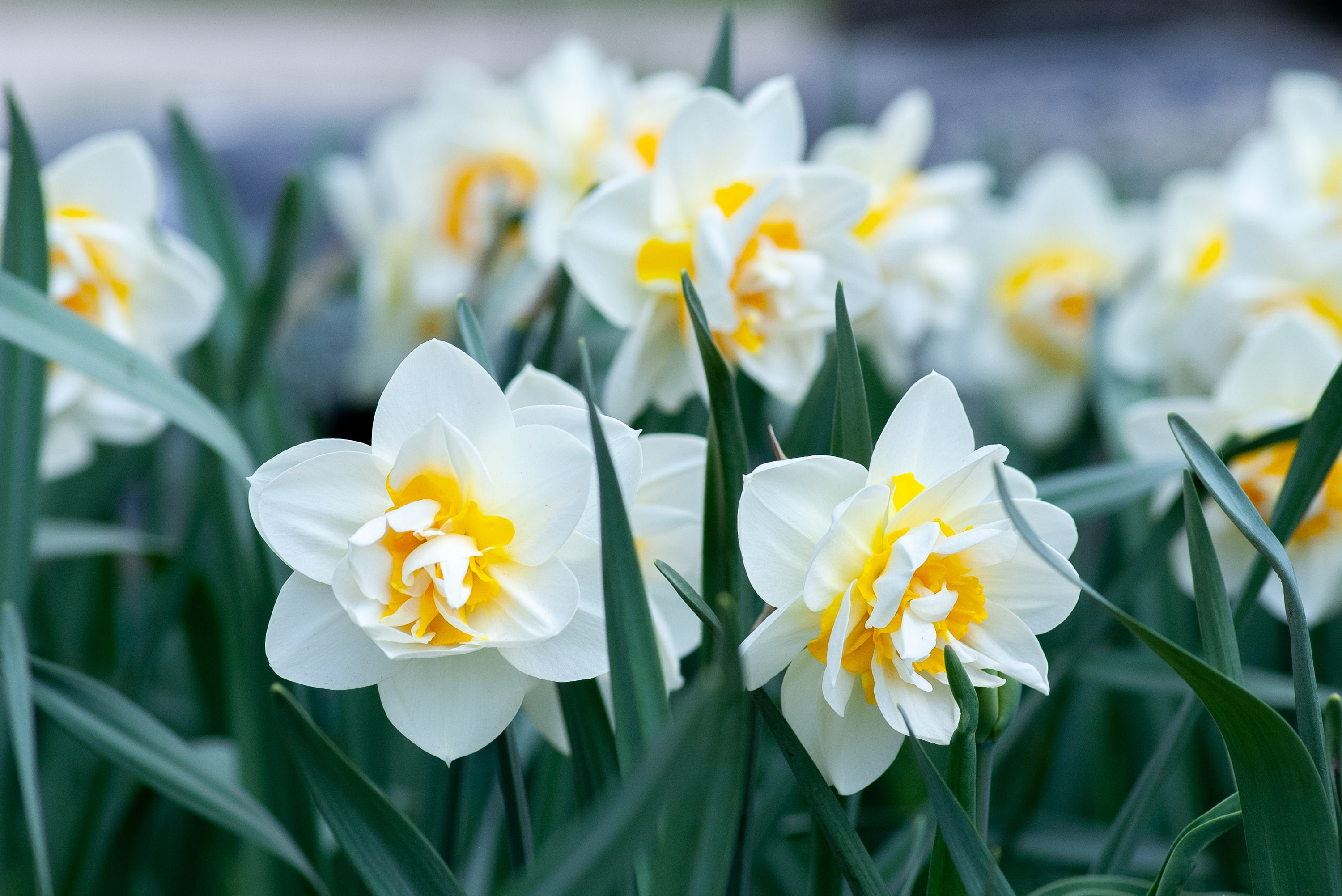
We love spring bulbs – they're full of colour and the vibrancy of spring. In fact, we're such a fan that we've written a good few guides to help you enjoy them too, from how to plant a bulb lasagne and how to plant daffodil bulbs, to how to force bulbs indoors.
But when it comes to dogs? Bulbs aren't so great. Actually, according to The Kennel Club, they're really quite bad. Daffodils and tulips are ones to particularly watch out for.
Daffodils
What might seem like a harmless nibble on a daffodil bulb can unfortunately have dire consequences. Whilst sickness and salivation can occur in less severe cases, effects can escalate to loss of balance, changes to blood pressure, heart rate and temperature, and even fits.
Be mindful of the flowers too, as even they can cause your dog to become poorly. And, as The Kennel Club point out, even drinking from daffodil vases should be avoided.
Tulips
If you've followed our advice on how to plant tulips, then be aware that they're another plant that doesn't agree with your canine friends.
Serious reactions such as heart and breathing problems when eaten are rare. But, The Kennel Club do explain that the plant has toxins which can lead to stomach upset and drooling.
Other bulbs to watch out for include bluebells, amaryllis, lily of the valley, and hyacinths.
Avoid leaving dogs around fruit trees
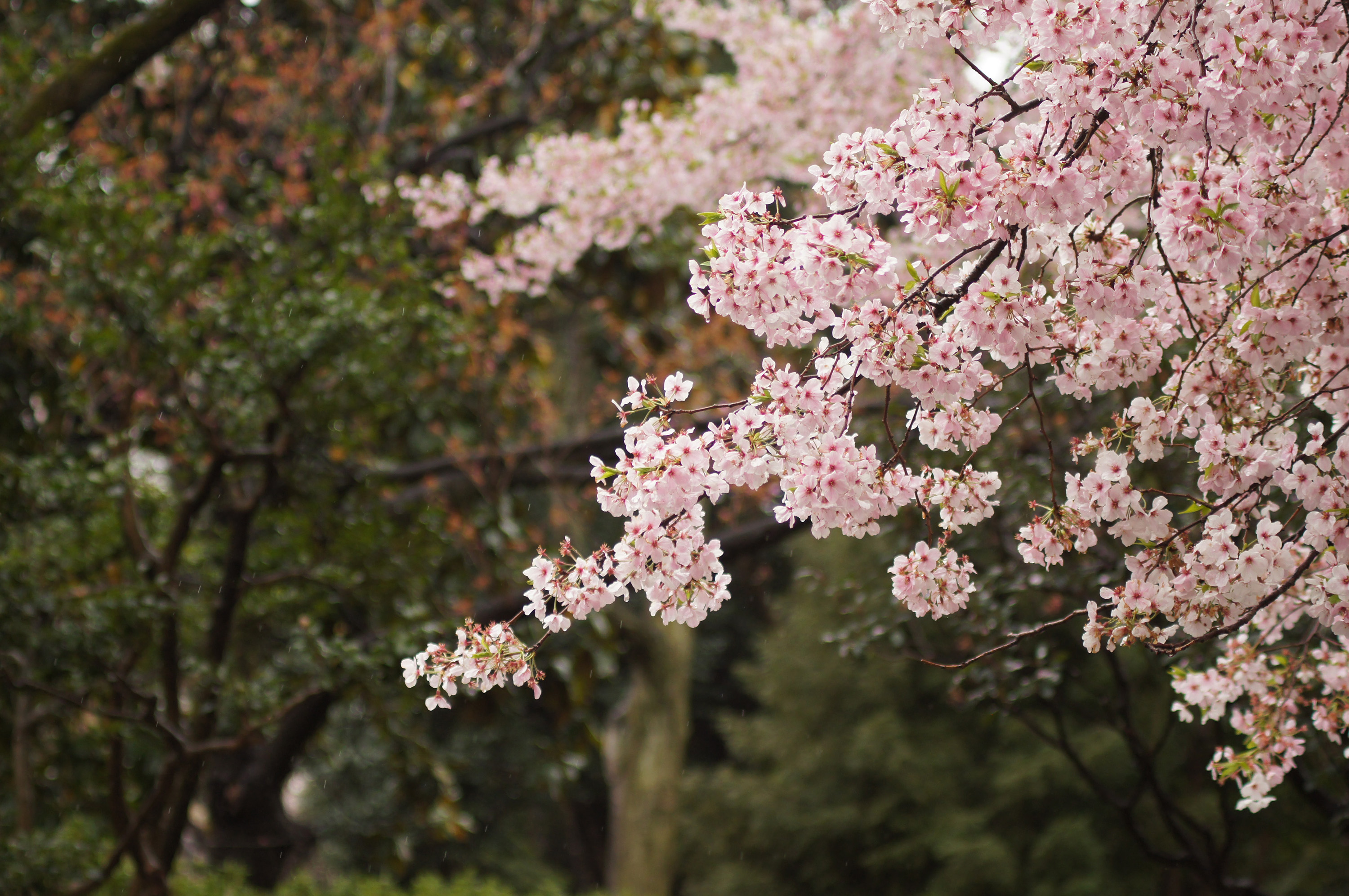
Members of the Prunus family such as apricots, nectarines, damsons, cherries, plums, and peaches are dangerous to dogs, due to their seeds. As The Kennel Club explain, when these seeds (or stones) are chewed and swallowed, a toxic reaction occurs whereby hydrogen cyanide is produced.
The speed of the effects of this can vary, but can include frothing at the mouth, breathing difficulties, large pupils, and even death.
If stones or seeds are swallowed whole, there is less likely to be such severe effects. However, your dog may have an upset stomach or experience an obstruction – not much fun for anyone.
Watch out for fungi
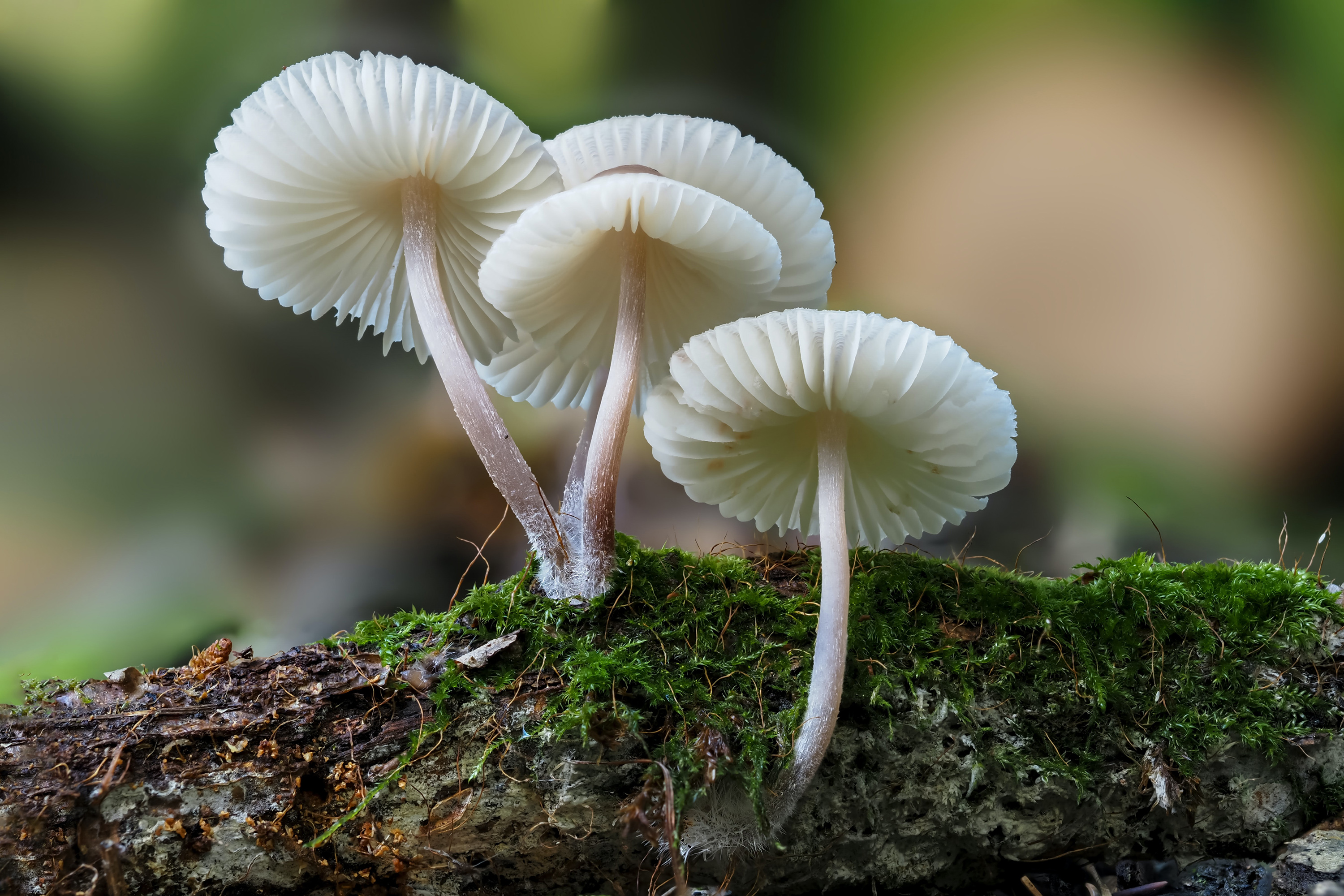
Every budding forager knows to be very careful with mushrooms and toadstools. Although some can be used to create delicious meals (this wild mushroom pizza recipe, for example), some can be hallucinogenic, or even downright dangerous.
Unfortunately dogs don't get the luxury of dipping into a nifty fungi guidebook or consulting an expert to stay on the safe side – they just plough straight in. As The Kennel Club explain, the effects can sadly be very severe, with a whole spectrum of symptoms occurring depending on the species eaten.
So, if your dog eats a random fungi in the lawn or border, take them to the vet as soon as you can. Ideally bring along a photo of the culprit, or even a small sample carefully wrapped in a paper bag (remember to avoid touching it with your hands, and wash them afterwards).
Be mindful of indoor plants
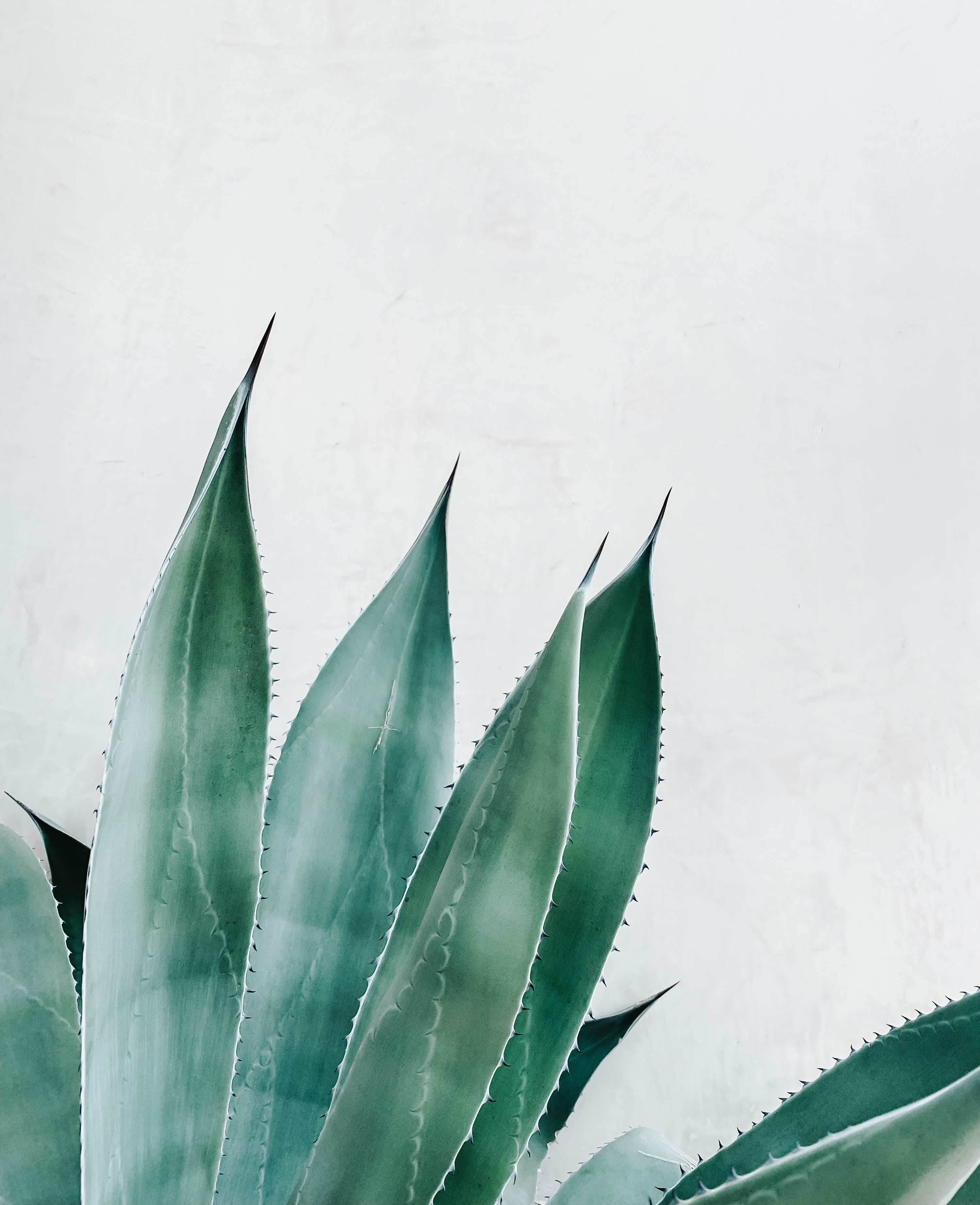
Are you a big fan of succulents, or perhaps have a fern or two decorating your home? Maybe our indoor garden ideas have made you even more inspired to fill your living space with greenery. After-all, houseplants offer a multitude of benefits and are beautiful, too.
But, if you've got a four-legged friend around, then it's worth knowing that some indoor plants can be a health hazard.
The PDSA warn against Aloe and Philodendron (although consumption effects are generally mild). Dogs Trust adds a few more to the list, including asparagus fern, mother-in-law’s tongue (which can be fatal), and peace lily.
If you're a lover of a red poinsettia come Christmas, then make sure it's out of reach from your dog. It's a member of the Euphorbia family, which means its sap is highly irritant. It can also cause stomach upset and other symptoms when eaten.
What are the signs that my dog has eaten a poisonous plant?
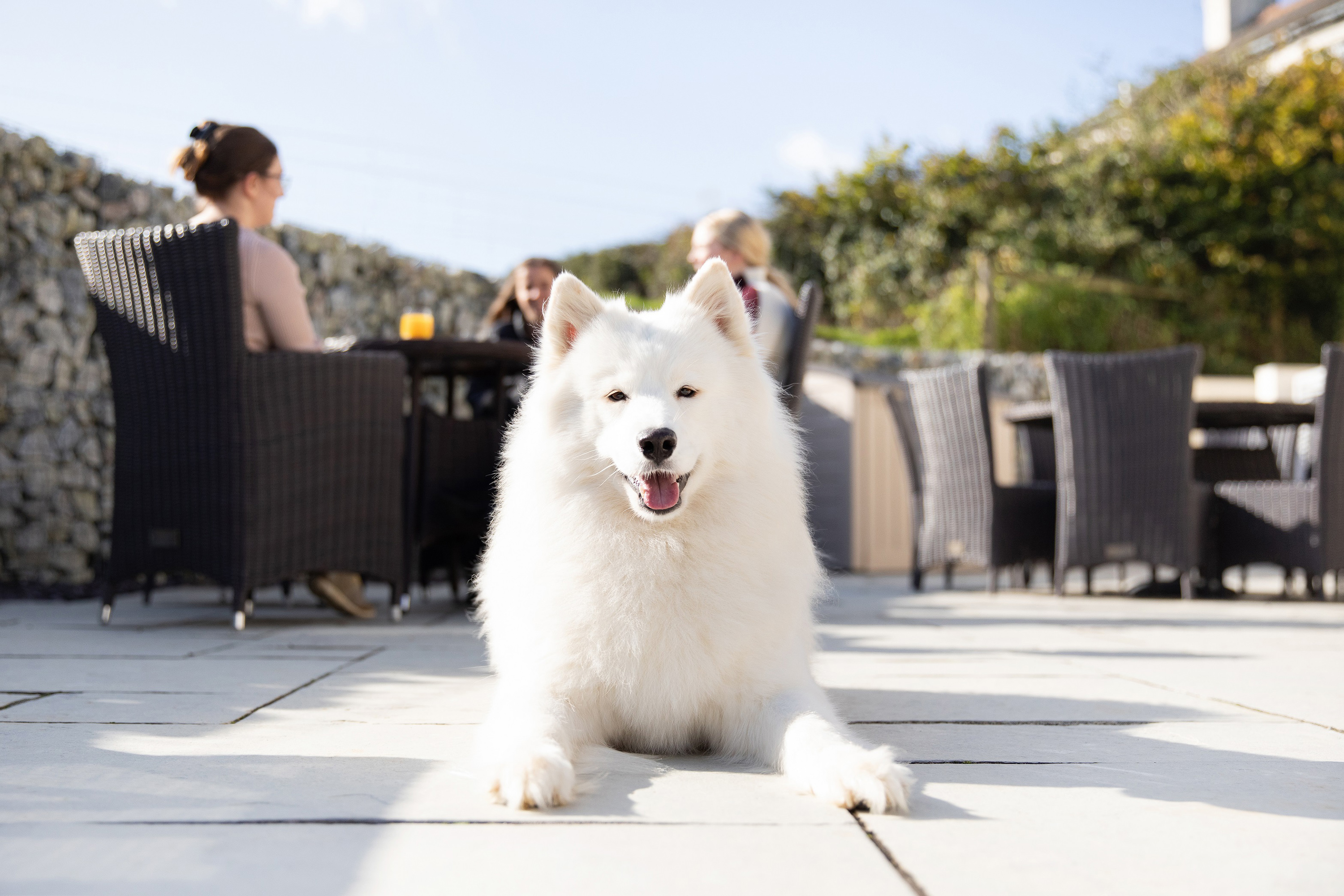
There are a few signs to look out for if your dog has eaten a poisonous plant. A spokesperson from The Kennel Club lists the following common symptoms:
- Vomiting
- Diarrhoea
- Tremors
- Extensive drooling
'If you think your dog was poisoned, speak to your vet straight away,' they say. 'If you need to take your dog to your vet, make sure to provide them with as much information as you can including what poison you think they were exposed to, when it happened, what amount were they exposed to and what are their symptoms.'
How do I stop my dog from eating my plants?
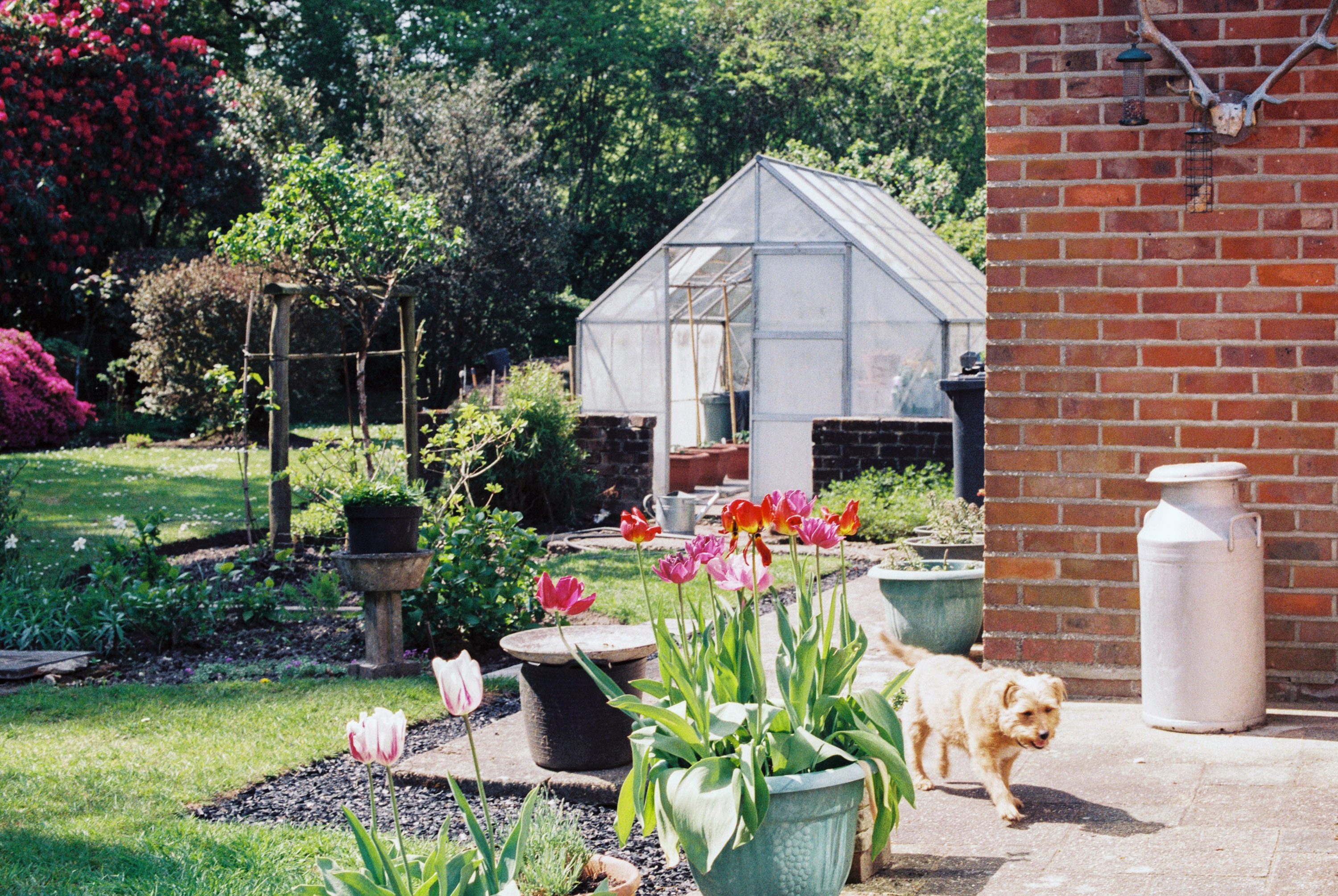
There are a few things you can try to stop your dog from eating your plants:
- Move indoor pots onto shelves or tables which your dog can't reach them. Outdoor pots can also come off the ground, to make a focal point on a bench for example.
- If you're worried about your flowerbeds or borders, it might be worth reconsidering the garden's layout. For instance, maybe you could keep your bulbs in a separate section of the plot, accessed only via a gate. Or perhaps you could invest in some raised beds.
- You could always avoid having toxic plants completely, or at least the very poisonous ones. Although this article has suggestions, there are others, so do contact a specialist if you're concerned.
- Try training techniques to deter your dog away from plants if they're showing an interest.
- If you don't want to part with your beloved bulbs or other plants, then avoid leaving your dog unsupervised whilst in your garden.
What other things in my garden are dangerous to dogs?

'Some products used around your garden and often stored in garden sheds are also dangerous to dogs, including slug baits and weed killers,' says a spokesperson for The Kennel Club. 'If you are using those or any other pesticides in your garden, make sure that they are stored safely and keep any packaging until you are finished with the product as a reference.'
'Creatures that live in gardens can also pose danger to dogs, including toads, snails and slugs, which can be a source of dangerous lungworm infection,' they add.

The garden was always a big part of Holly's life growing up, as was the surrounding New Forest where she lived. Her appreciation for the great outdoors has only grown since then. She's been an allotment keeper, a professional gardener, and a botanical illustrator – plants are her passion.
